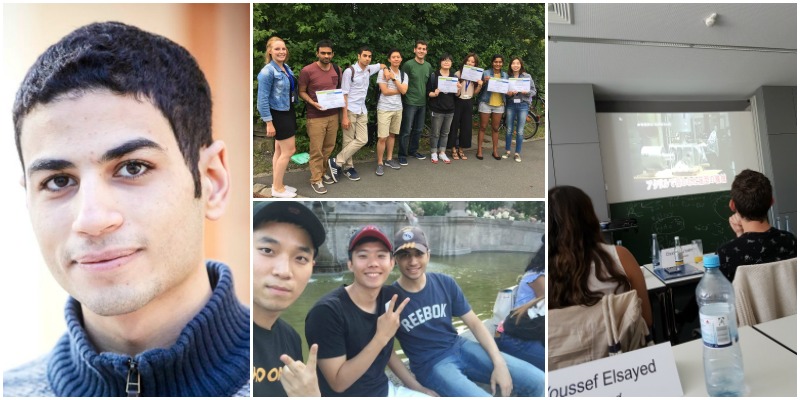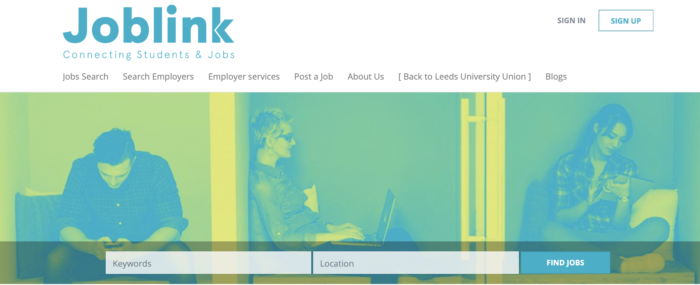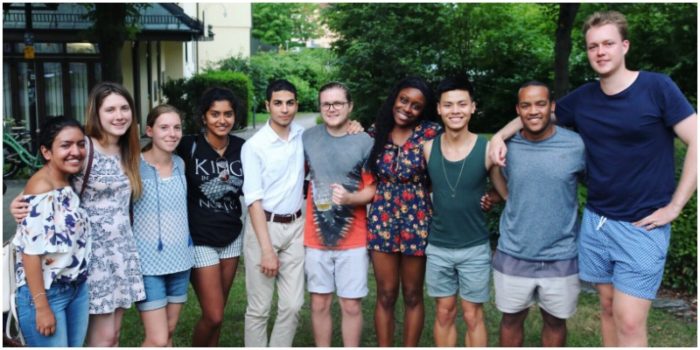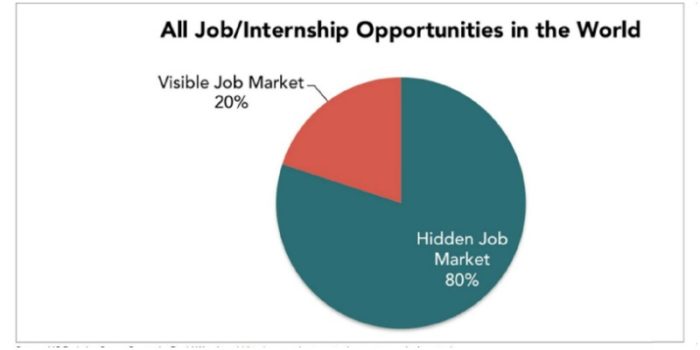Finding Hidden Opportunities: A New Approach to Job Hunting – Part 1

Looking and applying for internships, placements, and jobs, can be time consuming and difficult. From finding the right role at a company whose values align with yours, to preparing then tailoring your CV and cover letter, to attending interviews and assessment centres; one soon realises how much effort goes into landing any industrial opportunity. Coupled with the need to balance this process with your studies, as well as the sheer amount of applications that usually needs to be sent (due to the extreme competitiveness of the job market), securing your first step towards propelling your career may seem like a very daunting prospect.
While a proactive first year mechanical engineering student, I was very much taken aback by the different components that constituted landing a career opportunity. Gradually, and with the help of the engineering employability suite’s workshops, I learned to put together job applications; starting with my CV and cover letter which I had gotten checked at a careers centre drop-in. Using my newly acquired knowledge, I applied for a few university and external part-time jobs (using Leeds University Union’s JobLink), in order to diversify my extra-curricular experience. Feedback from a few initial rejected applications fuelled what became successful ones, as I earned myself some part-time work with the International Office.

Nevertheless, upon starting my second year, and as I shifted my focus onto engineering jobs, I became all too familiar with the hyper-competitive nature of the skilled jobs market, as all 20 of my applications had been rejected, at various stages of the process. Having landed a few interviews and still not made it to the end of the recruitment process, I wondered what was there to be done to land a job, when the strength of your CV and cover letter could only take you so far?
The answer to this lied in the following two concepts I came across towards the end of my second year:
- Don’t underestimate networking, and the power of your own network, they can open more doors for you than you think
- When traditional job hunting isn’t working for you, either because of limited experience or not finding an opportunity that meets what you’re looking for in a job, turn to creative job hunting
Let me illustrate each with an anecdote:
In the summer of my first year, I attended an engineering summer school in Bayreuth, Germany, organised by the study abroad office. This was an enriching experience in itself, combining travel, the opportunity to meet new people and experience a new culture, all while having a productive summer, as I enhanced my technical knowledge as an engineer. More importantly however, I acquired one connection during that trip which set me up for an internship in the summer of my second year. Luckily for me, it turned out that the summer school programme involved an industry visit to a material testing facility near the university where the programme was held. I was also surprised when one of the professors on the course mentioned being the CEO of the company operating that facility, a fact I very eagerly caught onto. A few months and second year internship rejections later, I decided to email the German CEO. In my email I mentioned having attended the summer school, how satisfied I had been with the programme, and asked about any training opportunities his company may have, attaching my CV to showcase my extra-curricular experience to him. I didn’t expect much, I was only another student and he was a very busy CEO who probably wouldn’t see my email…or so I thought.

A couple of days later, I was surprised to receive an email back from him, in which he appreciated my comments on the summer school and put me in touch with someone from the company to setup my internship, I couldn’t believe it! As elated as I was, I had to calm myself down to not write an overenthusiastic reply; and after a few months of emails back and forth, I had settled my visa, accommodation, and all travel. This experience deeply affected my mindset with regard to networking, portraying it as a key to open seemingly closed doors, rather than a formality that “all professionals just have to do”. It also opened my eyes to the concept of hidden jobs, the basis of what is called “creative job hunting”. Let me explain…
Early into my third year, I was researching ways of making myself more employable. I stumbled upon an interesting article on a career blog called 2by22, which argued that 80% of jobs and opportunities are actually hidden, meaning all the advertised jobs on glassdoor, gradcracker, ratemyplacement etc… only accounted for 20% of all available opportunities at any one time. The article’s author explained that there is a significant amount of time between a team within an organisation realising the need to hire someone to help with the workload, and that turning into a job opportunity that is posted online. This is due to the need for managerial approvals and other bureaucratic procedures, as well as the fact that managers and recruiters look to hire from within their inner network’s contacts (based on referrals), at the same time if not prior to posting the job. This window of time gives eager graduates and students looking for placements the chance to secure opportunities by showcasing their skillset while the opportunities are still hidden; before their chances of getting accepted decrease when the job is online and visible to thousands of other just as well qualified candidates.

This seemed to make sense. After all, the internship I had gotten in Germany was not an official opportunity; but was rather hidden until I decided to email the CEO. Similarly, I soon realised that this was in line with what one of the careers centre advisors had explained to me once, about how keeping an eye on industry and company news could help me spot opportunities before they were formalised. For instance, he gave the example that if a new market analysis report showed that Leeds-based companies of a specific sector have been recently investing more into their marketing department, it may be sensible to deduce that they might have marketing internship opportunities available soon. To take advantage of this as a candidate, his suggestion was to then contact a manager or relevant decision maker within those companies’ marketing departments, in a similar fashion to what I had done for my German internship. He called that “creative job hunting”, which to me translated as a way of leveraging one’s network to capitalise on the 80% of hidden opportunities. After pondering over all this information for a while, I decided to put the theory to practice…
Read more in: Finding Hidden Opportunities: A New Approach to Job Hunting – Part 2
